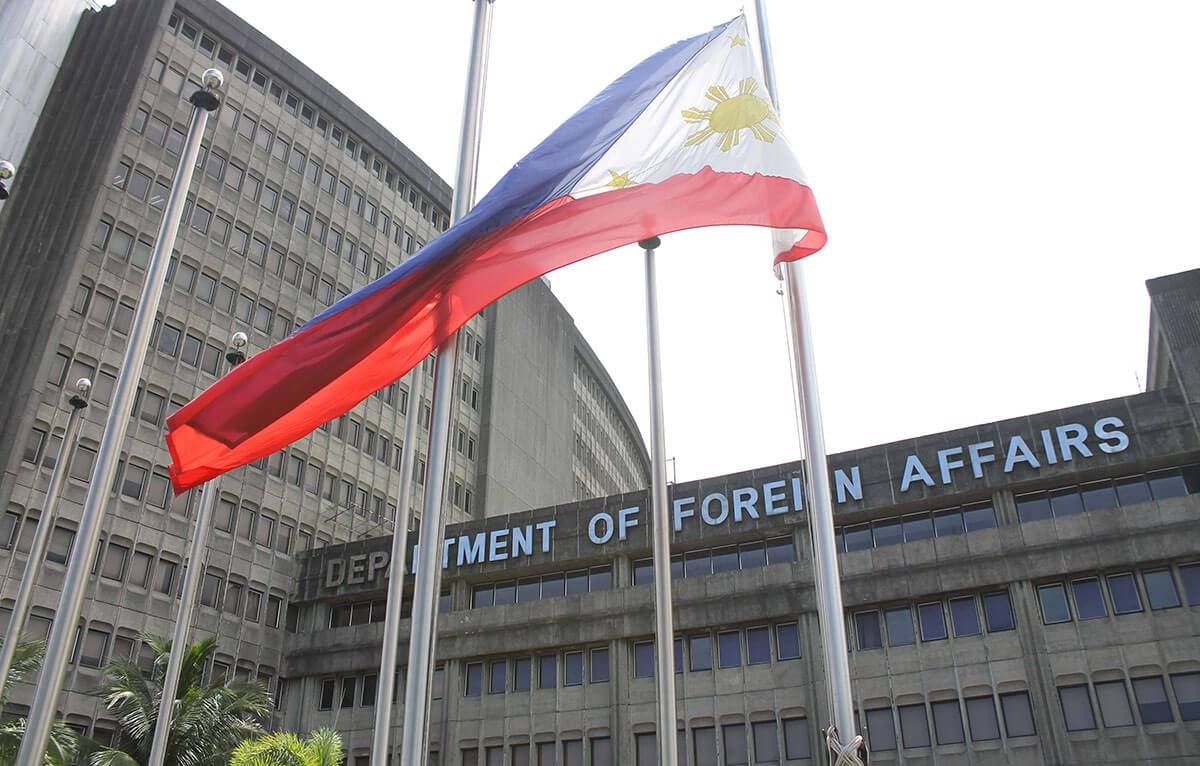In preparation for the “Big One,” a major earthquake predicted to hit Metro Manila, the Department of Foreign Affairs (DFA) recently hosted a briefing for embassies and international organizations in Makati City. The purpose of the briefing was to discuss the technical aspects of disaster preparedness and provide information on hazard, vulnerability, and risk assessment being conducted by the local government.
Undersecretary for Civilian Security and Consular Affairs (UCSCA) Jesus Domingo emphasized the importance of collaborative efforts in ensuring the safety and preparedness of both foreign residents and tourists in the face of a major earthquake. This event was attended by representatives from 35 embassies and four international organizations, totaling 49 participants. The briefing was jointly conducted by the Makati City government and the Department of National Defense Office of Civil Defense (DND-OCD).
During the briefing, practical advice was provided to attendees on developing or enhancing their respective plans, strategies, and measures to enhance disaster preparedness and resilience. This valuable information will help embassies and international organizations better prepare for potential earthquakes and safeguard their citizens and staff.
The DFA, as the lead agency of the Philippine International Assistance Cluster (Pihac) of the National Disaster Risk Reduction and Management Council (NDRRMC), plays a crucial role in coordinating international assistance and cooperation during times of crisis. By organizing these information sessions, the DFA aims to strengthen partnerships with other embassies and international organizations in Manila, Mandaluyong, Pasay, Pasig, and Taguig.
The Philippines, situated at the western edge of the Pacific Ring of Fire, is one of the most earthquake-prone countries in the world. With an average of 100 to 150 earthquakes annually, the country faces constant seismic activity. It is important for both residents and visitors to be aware of the risks associated with living in such an area and to take necessary precautions.
The Philippines is home to five major earthquake fault lines: the Western Philippine Fault, the Eastern Philippine Fault, the South of Mindanao Fault, the Central Philippine Fault, and the Marikina or Valley Fault. These fault lines pose a significant threat to the country’s infrastructure and population. Over the past decade, the Philippines has experienced 10 strong earthquakes, ranging in magnitude from 6.1 to 7.8. Tragically, these earthquakes have resulted in the loss of over 11,000 lives, with the deadliest being the 1976 Moro Gulf earthquake and tsunami, which claimed the lives of 8,000 individuals.
Given the frequency and severity of earthquakes in the Philippines, it is crucial for all stakeholders, including embassies and international organizations, to actively participate in disaster preparedness and response efforts. The recent briefing hosted by the DFA serves as a testament to the government’s commitment to fostering international cooperation in mitigating the impact of earthquakes in Metro Manila.
By sharing technical expertise, best practices, and resources, embassies and international organizations can contribute to the overall resilience and preparedness of the region. It is through collaborative efforts that we can effectively address the challenges posed by natural disasters and protect the lives and well-being of those residing in or visiting Metro Manila.
As the DFA continues to organize information sessions and engage with various stakeholders, it is hoped that these efforts will not only enhance disaster preparedness but also foster a sense of unity and shared responsibility among the international community. By working together, we can build a safer and more resilient Metro Manila, capable of withstanding the impact of future earthquakes.







